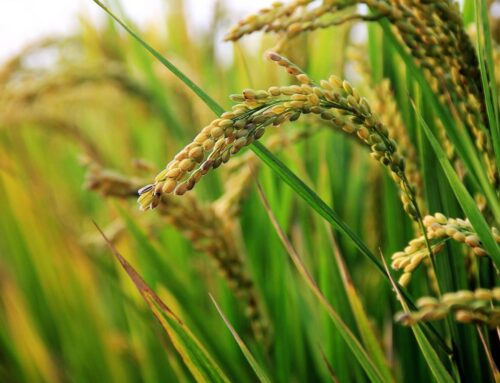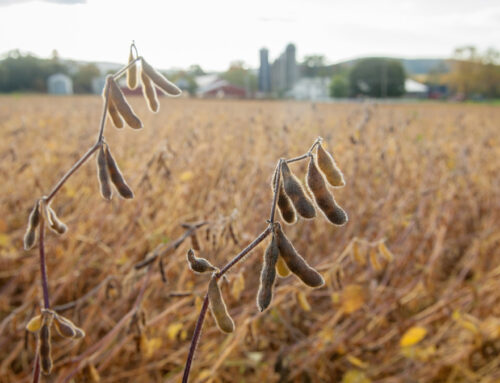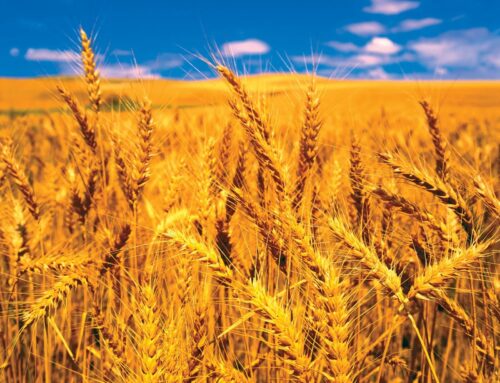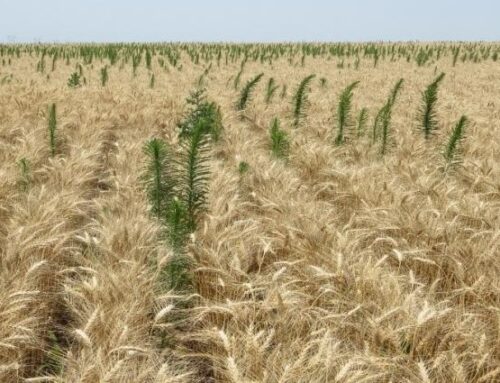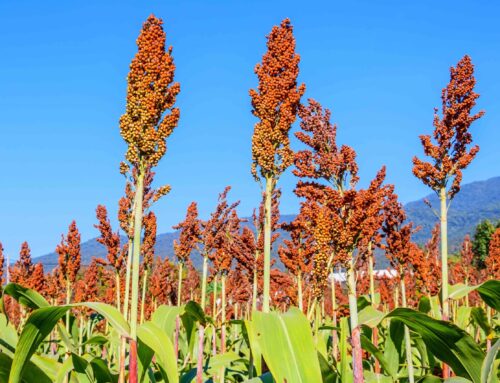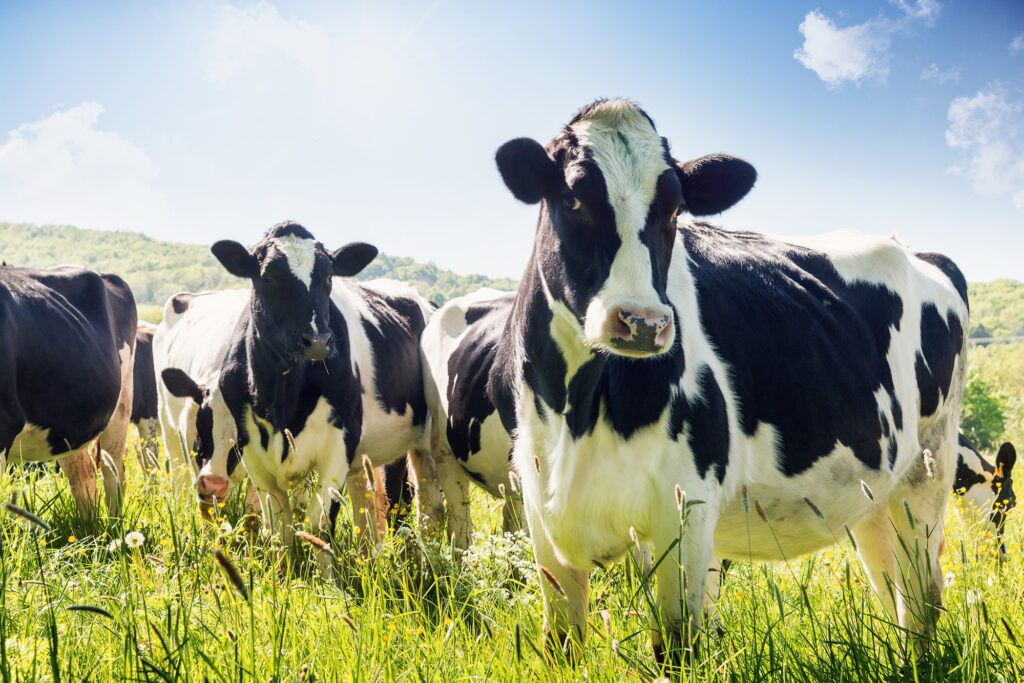
A subsurface drip irrigation system that handles dairy effluent offers another way for farmers to recycle nutrient-rich dairy wastewater.
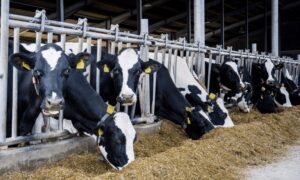 The system, known as SDI-E, is manufactured by Netafim and has design, support and installation services provided by NutraDrip Irrigation Services of Hiawatha, Kan. Netafim projects have shown that water and nutrients are used more efficiently through the system, thus reducing fertilizer costs and producing a uniform, higher-yielding crop.
The system, known as SDI-E, is manufactured by Netafim and has design, support and installation services provided by NutraDrip Irrigation Services of Hiawatha, Kan. Netafim projects have shown that water and nutrients are used more efficiently through the system, thus reducing fertilizer costs and producing a uniform, higher-yielding crop.
In Minnesota, Riverview Dairy LLP, near Morris, installed the subsurface drip irrigation system in 2020 to grow corn on 320 acres. Tyler Evink at Riverview answered some questions via email for The Farmer about how the system works for them. Here are his responses.
What prompted you to consider a subsurface drip irrigation system?
We became interested in the system due to its ability to apply runoff water during the growing season, instead of the fall application we had previously been doing. We use the subsurface drip irrigation system only for runoff water, not manure.
What is your manure handling and management system?
Our manure management system includes covered lagoons for liquid manure and runoff water that is applied through a series of underground pipeline and drag-hose-line systems. Solids are stored on-site on stacking pads or stockpiled in fields to be applied in the fall. However, most solids are run through separators and used as bedding for our cows.
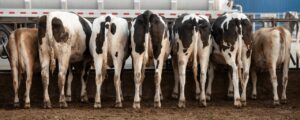 What features of the subsurface drip irrigation system appealed to you?
What features of the subsurface drip irrigation system appealed to you?
The features that appealed to us were the timing of application, and being able to use runoff water as an irrigation source, paired with the technology to monitor it.
How deep are the lines installed, and what is the spacing between rows?
Fourteen to 16 inches deep on 40-inch rows.
How do you ensure that just the right amount of water and nutrients are applied?
We follow manure management plans and the recommendations therein for manure and runoff water application. We also have soil moisture probes installed.
What maintenance do you need to do throughout the year?
Before spring startup, we check the lines for leaks. Throughout the season, the system is monitored 24/7 while running.
How do you winterize this system for Minnesota?
The system is winterized similar to lawn irrigation — we use air to clean lines free of liquid prior to freeze up.
How did the 2022 growing season go for you?
A bit challenging, but overall good. We began with a wet spring that resulted in late, cool planting, and then transitioned into a drought over the summer.
Read the original article and links to additional resources – CLICK HERE
